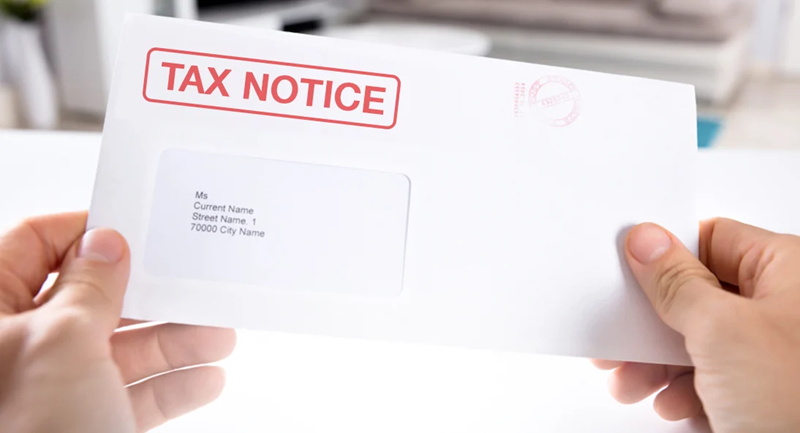
If there is a difference between the amount of return filed by the taxpayer and the amount calculated by the Income Tax Department at the time of filing the Income Tax Return (ITR), the department can send a demand notice to the taxpayer. A tax demand notice is sent to the taxpayer after the tax department processes the ITR.
If any irregularity is found in writing under Section 139(9), you may get a notice. An information notice regarding this can be sent through email and SMS. You can find the demand notice in your account on the government's e-filing website.
Tax and investment expert Balwant Jain said that according to the current income tax law, the time limit for replying is 30 days. If you do not respond to the notice within the stipulated time period, the department can take action against you. Jain said that it would be better to take the opinion of a professional tax expert to respond to the income tax notice.
If the person to whom section 156 tax notice for demand has been issued fails to pay the amount demanded within the time limit, the assessee may face the following penalties:
Interest under section 220-
After the expiry of 30 days given under Section 156 tax notice, interest is payable at the rate of 1 percent for every month or part thereof.
Penalty under section 221-
The penalty can be imposed on the assessee under section 221 by the Assessing Officer, but it should not exceed the amount demanded in the demand notice. If you have received an income tax demand notice, then you can respond to the tax notice by visiting the government's new income tax portal.
How to reply to the notice?
First login to the e-filing portal
Click on the 'e-file' tab and select the 'Response to outstanding Tax Demand' option.
Now information about tax demand per year will be given on your screen. In this, information about the assessment year, section code (under which this notice has been issued), demand identification number demand notice, etc. will be available.

To answer the correct assessment year, you have to click on the 'Submit' button in the column of this year.
In this, they will have to choose one option out of three options. The first option in this would be that the demand is right. The second option is that the demand is partially correct. The third and last option is that you do not agree to the demand.
What to do if the first option demand is correct-
Click on Submit to confirm it. After this, a message will appear on the screen. If any refund is due, this amount and interest on it will also be mentioned. After this, only the demand amount will have to be paid.
The second option is what to do if the demand is partially correct.
Write down the correct amount and the incorrect amount. Additionally, you will also have to explain the reason for this.
Third option does not agree with the demand-
If the taxpayer does not agree to the demand, he will have to explain the reason. After this, after submitting the response, a transaction ID will appear on the screen. Your response can be seen after clicking on ‘View’ inside the ‘Response’ tab. Here you will get information about the serial number, transaction ID, response date, etc.
PC Social media










